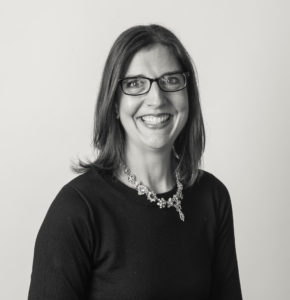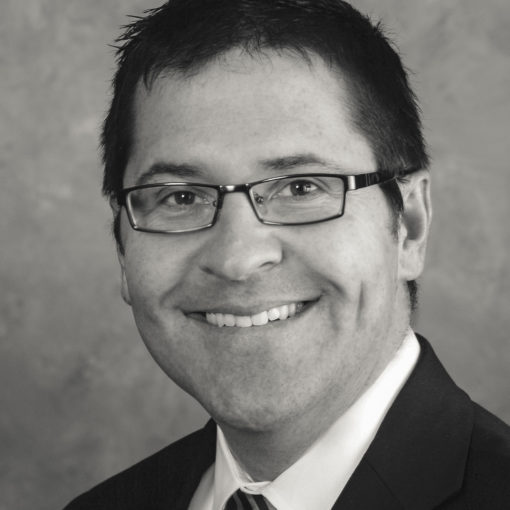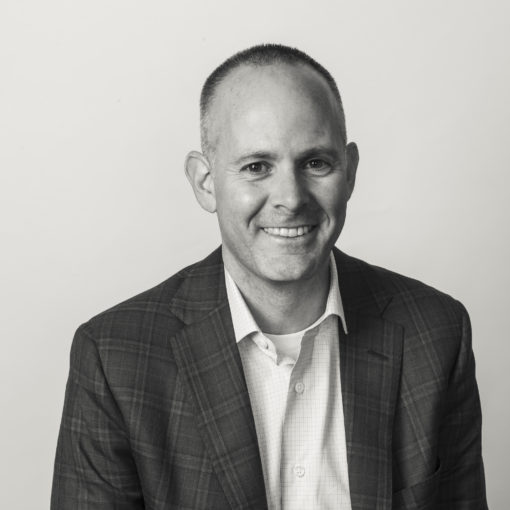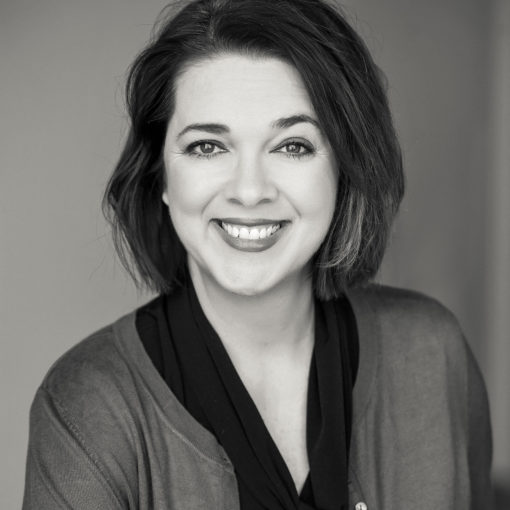
Sally Dix | Executive Director, Bravo Greater Des Moines
The Idea: Embed artists-in-residence in our businesses and organizations to leverage and firmly establish arts and culture as a pivotal contributor at the intersection of key community priorities and initiatives.
Greater Des Moines has long recognized the power of arts and culture to drive quality of life. From gardens to festivals, performing arts to cultural heritage, the sector has been embraced and elevated as an essential aspect of why people choose to live in, work in, play in and visit the region.
Beyond quality of life, though, the community has come to recognize that beyond the intrinsic inspiration, creativity and joy these experiences inspire, arts and culture are also a significant economic engine.
In 2017, Bravo Greater Des Moines funded a study completed by Americans for the Arts that showed that the nonprofit arts, culture and heritage organizations in the region have an annual economic impact of more than $185 million and employ more than 5,600 people.
This number doesn’t include the important contributions of individual artists and creatives or the impact of the for-profit arts entertainment industries also thriving in the region. From this data, it’s clear that the arts mean business in Greater Des Moines.
So with quality of life and economic development top of mind, the next big idea is to firmly establish arts and culture as pivotal contributors at the intersection of key community priorities. Beyond nice-to-have amenities, arts and culture would no longer be seen as separate from achieving regional objectives, but instead as being integral to their success. From housing to transportation, workforce development to the environment, education and health, arts and culture would be sought out to provide a unique perspective, path and purpose to priorities essential to the region’s long-term growth and strength.
One way to bring this intersectional concept to life is through the addition of artists-in-residence. The concept is simple: hire an individual artist for a specified period of time to embed in a corporate office, hospital, university or local government to bring a new lens to issues and opportunities. By embracing the value of creative thinking and allowing artists the time and space to ask questions and explore ideas, the entire community benefits from enhanced ingenuity, innovation and productivity.
My favorite example of this is from New York City, where regulations on food trucks were running dozens of pages of legalese, difficult for anyone to navigate but especially for non-native English speakers. An artist hired by the city was able to turn the code into a one-page infographic, which led to fewer calls, complaints and violations for the city and more access to better business for food truck owners and operators.
Another example is St. Paul, Minn., where a city artist has been employed since 2005. In 2015, realizing that “community conversations” were continuing to draw the same voices, a “Pop-Up Meeting” truck was conceived. This artistically retrofitted city truck goes to the neighborhoods, bringing the city to the people in the places they value. In exchange for community input, participants get a locally made St. Pops ice pop.
These are two of hundreds of examples of where adding artists to nontraditional settings has resulted in new ideas and innovative solutions. By doing this, Greater Des Moines could become a national leader for creativity, collaboration and community engagement.
There is no question that art for art’s sake is an essential outcome unto itself. Artists should not always be tasked with solving a social issue – creating great art is important in its own right and should be celebrated. We should always be careful to avoid putting too much pressure on individuals or organizations in the sector to always push an agenda or exist in service to larger regional priorities. But knowing the artists, the organizations and the appreciation for the value of arts and culture in Greater Des Moines, I think we can do it all. >




